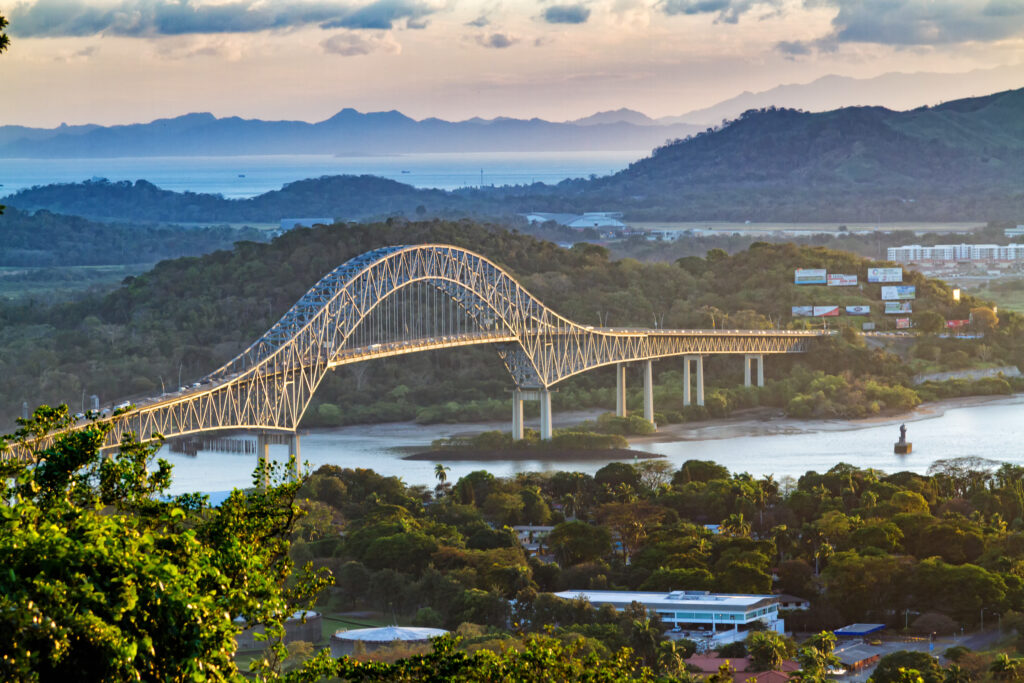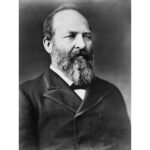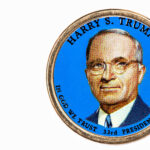The United States officially began construction of the Panama Canal, a monumental engineering project that would connect the Atlantic and Pacific Oceans, on May 4, 1905, revolutionizing global maritime trade and travel. The 50-mile-long canal would eventually become one of the most significant achievements in the history of civil engineering.
The idea of constructing a canal across the narrow isthmus of Panama had been considered for centuries, but it was not until the late 19th century that the French initiated the first serious attempt. Led by Ferdinand de Lesseps, the engineer behind the successful Suez Canal, the French effort ultimately failed due to a combination of technical challenges, tropical diseases, and financial difficulties.
In 1903, the newly independent Republic of Panama signed the Hay-Bunau-Varilla Treaty with the United States, granting the U.S. the rights to build and control the canal. Under the direction of President Theodore Roosevelt, the United States purchased the remaining French assets and began the arduous task of constructing the canal.
Over the course of a decade, workers battled harsh terrain, extreme weather, and deadly diseases such as malaria and yellow fever. Engineers designed a system of locks and dams to raise and lower ships through the canal, overcoming the varying elevations and the need to excavate a massive channel. On August 15, 1914, the SS Ancon became the first vessel to officially transit the Panama Canal, marking the culmination of years of hard work and innovation.
The completion of the Panama Canal had a profound impact on global trade and transportation, reducing the time and distance required for ships to travel between the Atlantic and Pacific Oceans. The canal remains a vital artery of international commerce and a testament to human ingenuity and perseverance.
References:
https://www.history.com/this-day-in-history/construction-begins-on-panama-canal




